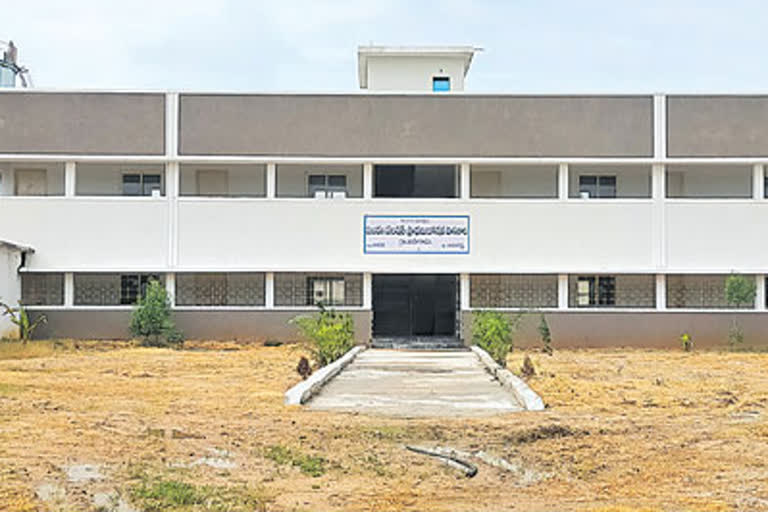New Delhi:India’s factory output measured as Index of Industrial Production (IIP) recorded a growth of 11.9per cent in August this year but despite the demand seen during the ongoing festive season, it remained below the pre-Covid level recorded in February last year, showed the latest official data.
According to the data released by the ministry of statistics and programme implementation, the factory output for April-August 2021 period grew by 28.6per cent mainly on the low base as the country was under the Covid-19 lockdown during the March-June period last year. The manufacturing sector that accounts for more than three-fourth of the IIP registered a growth of 9.7per cent in August compared to a decline of 7.6per cent during the same month last year.
Electricity generation registered a growth of 16per cent in August this year as against a decline of 1.8per cent in August last year. The mining sector registered a growth of 23.6per cent in August this year as against the decline of 8.7per cent recorded in August 2020. “The industrial output is still below the pre-COVID period (February 2020) but is recovering faster than post-COVID 1.0, which is an encouraging sign. However, India Ratings and Research (Ind-Ra) believes the journey from here on would not be without a hiccup,” said Sunil Sinha, Principal Economist of India Ratings and Research.
Sinha highlights the difficult road ahead. He said the moderation in the generation of e-way bills suggests moderation in the economic activity in the country. Secondly, another worrying problem is the emerging power crisis due to the shortage of coal that will affect the electricity generation and impact the factory output in the coming months.
In addition to these two domestic factors, disruptions in the global supply chain due to the energy crisis in Europe and China and the global semiconductor shortage may affect automobile production in the country. These global factors may derail the fragile economic recovery. “The data reveals that the industrial output in August 2021 has reached 97.7per cent of February 2020 level. It had gone beyond the pre-COVID level in March 2021 but fell to 94.0per cent in April 2021,” Sinha said.
